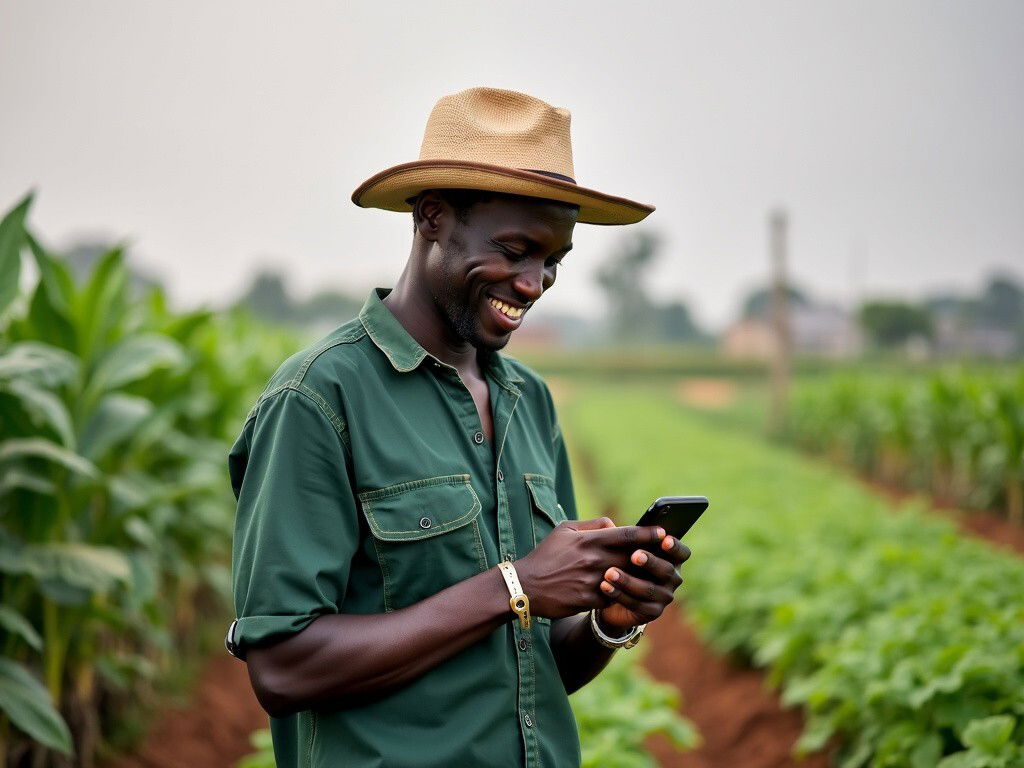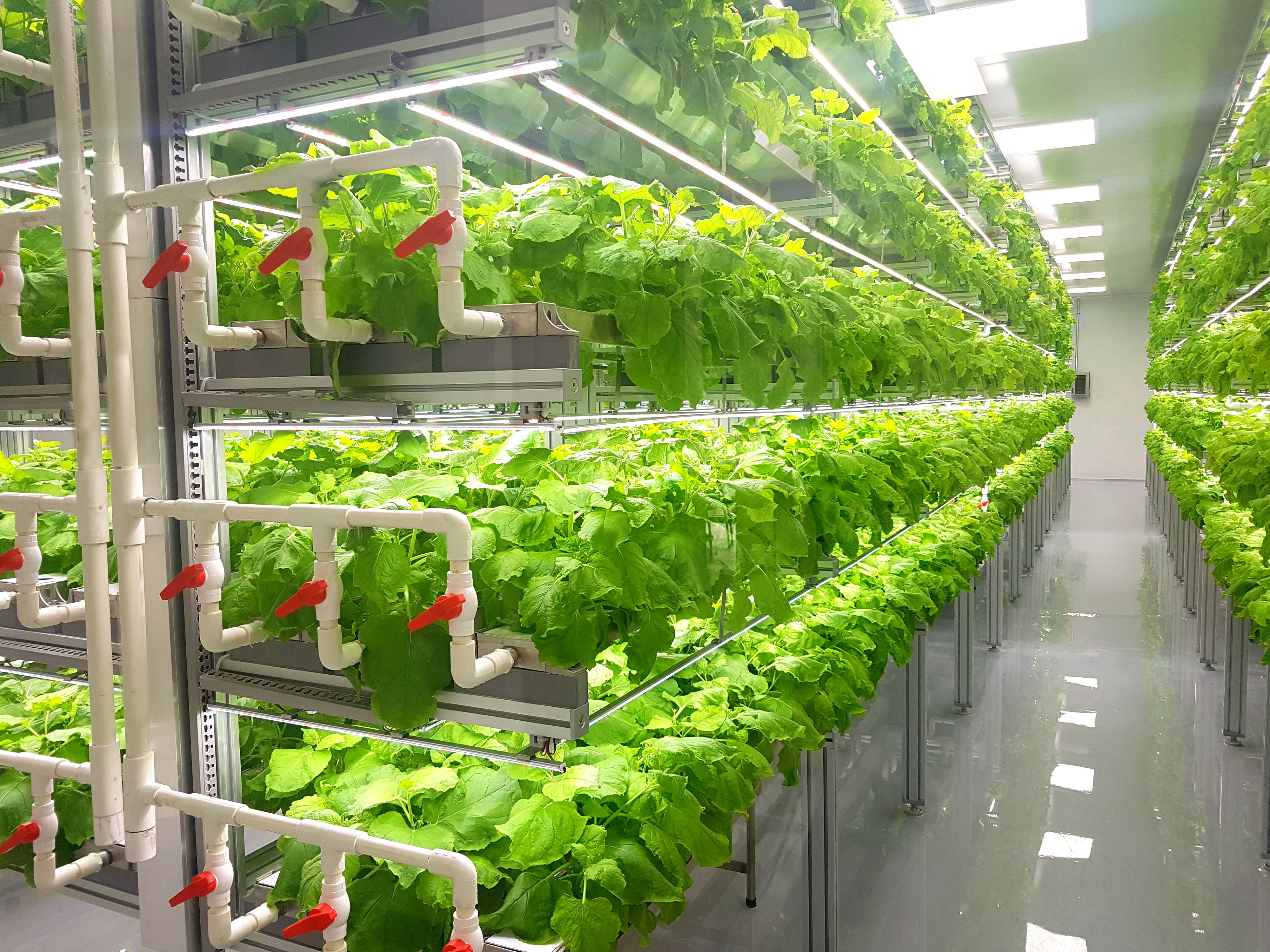There is no doubt that agri-based companies such as Sesi Technologies, Farmerline and Agrocenta from Ghana; HelloTractor from Nigeria; and Twiga from Kenya, amongst many others, are harnessing the transformative power of technology and innovation to address the myriad challenges limiting Africa’s agriculture fortunes and the millions of its smallholder farmers. Emerging evidence shows that combining traditional knowledge with scientific research, technological innovation, and innovative financing can significantly enhance smallholders’ farmer productivity and incomes, diversify crops, boost nutrition, and improve sustainable food systems.
The above-listed companies and many others, mainly founded and led by the continent’s youth, are emphasizing the potential of technology and using innovative approaches to revolutionise the agricultural sector across Africa. This effort has improved efficiency, productivity, sustainability, economic growth, and food security. Although much has been achieved in recent years, much more must be done to fully incorporate and utilize technology and innovation at every level of the agricultural value chain.
In this article, we have highlighted some technological and innovative methods that are being adopted, designed, transformed, and utilized to help farmers increase their yields, reduce costs, and enhance efficiency towards unleashing the full potential of Africa’s agriculture. Accelerating and complementing these efforts will not only transform the sector but also promote economic growth, youth employment, and position Africa as the food hub of the world.
Drone Technology: Drone technology in agriculture, also known as agricultural drones, refers to the use of unmanned aerial vehicles (UAVs) for various farming purposes. Through this technology, drones are equipped with precise and accurate sensors that can monitor crop health, detect diseases, determine water stress, low crop nutrients, and poor soil health, enabling farmers to target areas that need attention and allowing for timely interventions and improved overall management. This technology has become increasingly popular in agriculture and has enormous prospective benefits for Africa. Their use is, however, limited by the cost of drone procurement, operation and maintenance skills, regulatory restrictions, and the need for good infrastructure and connectivity. Notwithstanding these challenges, stakeholders are consolidating efforts to improve their involvement in African agricultural pursuits and development.

Robotics and Automation: This refers to the use of automated machinery and advanced technologies to perform various agricultural tasks traditionally done by human labour. Through agricultural robotics and automation technologies, ease of planting, irrigation, harvesting, sorting, disease, and biosecurity controls have been achieved. This has brought speed, increased efficiency, optimized resource usage and improved productivity. In the poultry industry, for instance, where disease outbreaks and biosecurity are major challenges, robotics and automation have been efficiently used to reduce human contact to reduce the risk of disease outbreaks while maintaining birds’ health and productivity. The development of the use of robotics and automation in Africa agriculture aside from imperative technological and financial constraints, the replacement of human labour has been a drawback since Africa is endowed with high working youthful population. However, progressive education, incremental implementation, and the provision of alternative responsibilities among others are being used to control the challenges.
Internet of Things (IoT) and Sensors: This is a dual system technology of interconnected devices that collect and exchange data through the internet to improve agricultural practices efficiency. IoT and sensor technologies play significant roles in modern agriculture. These two technologies are the heartbeat of drone technology, robotics and automation, and precision farming. This is because drones, robots and automation leverage the data and information exchange from these systems to be efficient and productive. They allow farmers to collect real-time data on various parameters such as temperature, soil moisture, humidity, and crop and livestock growth, making room for data-driven decision-making and precise resource management. Like previous technologies, capital and infrastructure have been the limiting factors. However, the core challenges to IoT and sensor technology in African agricultural systems are the quality and quantity of data available, the security of the data, and data privacy concerns. These challenges are gradually being mitigated with the emergence and development of national data centres in many African countries.
Precision Farming: Precision farming, also known as precision agriculture, is a farming management concept based on observing, measuring, and responding to inter and intra-field crop variability. This innovative farming relies on a combination of sensing systems, drones, robotics and automation, GPS and data analytics to optimise resource allocation and increase productivity. Precision farming aims to manage and optimize inputs such as water, fertilizer, and pesticides while maximizing agricultural output in terms of yield and quality more accurately. Farmers also rely on it to control key variables like moisture level, soil condition, and microclimates of their entire farm to maximise output. By monitoring these microclimate conditions, farmers can make data-driven decisions about irrigation, fertilisation, and pest management, leading to improved crop yields and resource efficiency. It is an emerging concept in Africa with significant growth potential driven by the continent’s vast agricultural resources and challenges, which precision agriculture can help mitigate.
Data Analytics: Data analytics involves collecting and analysing large amounts of data to gain insights and make informed decisions. In agriculture, data analytics can help farmers predict weather patterns, disease outbreaks, crop yields and market prices, enabling better planning and resource allocation.

Mobile Apps and Information Services: Mobile apps and information services can provide farmers with real-time access to valuable information such as weather forecasts, best practices, market trends, etc., which helps them to make informed decisions and adapt to changing conditions. These services can be provided in the local dialect of farmers for easier use.
Blockchain Technology: Agricultural blockchain technology is the application of blockchain technology (a decentralized digital ledger system) in the agricultural sector. This technology can be used to create transparent and traceable supply chains. With the African Continental Free Trade Area (AfCFTA) already in place, this technology will ensure the authenticity of products, reduce fraud, aid food and crop recall processes and promote fair trade by providing consumers with all the information they need to know, from farm to folk. The farmer also knows who is consuming their food and crops. Currently, Bext360 is using the technology to ensure fair trade of coffee and cocoa in Africa. Twiga Foods of Kenya, in partnership with IBM, is relying on blockchain technology in microfinancing food kiosk vendors in Kenya.
Vertical farming: In vertical farming, crops are grown in vertically stacked layers in controlled environments such as indoor facilities. This approach uses soilless farming techniques such as hydroponics, aeroponics, or aquaponics. It is desirable in areas where agricultural land is limited, expensive or polluted beyond agricultural use, including urban and mining communities. The technology increases yield and mitigates the environmental impact posed by traditional farming practices. It allows for year-round farming, efficient use of space and reduced water consumption. Unlike greenhouse farming, vertical farming can be done in buildings, shipping containers, or any structure where planters or shelving units can be vertically arranged accompanied with artificial lighting (like LEDs) and climate control systems. It is more technologically advanced due to the need for precise temperature, humidity, light, and nutrition control. South Africa, Seychelles, Egypt, Mauritius, Morocco, Tunisia, Algeria, Cape Verde, and Nigeria have shown the best prospective for indoor vertical farming implementation.

Sustainable Agricultural Practices: sustainable agriculture focuses on reducing the environmental impact of farming while maintaining productivity. Techniques such as crop rotation, cover cropping, organic farming, and the use of renewable energy sources, as well as efficient water management are adopted in sustainable farming.
Climate-Smart Farming: this is a system of farming where farming practices are adopted to adapt to the challenges of climate change. It includes practices such as developing drought-resistant crop varieties, using efficient water management methods and soil conservation to mitigate the effects of changing weather patterns.
Farmer Education and Training: Since most of the farmers in Africa are illiterates, educating them on modern farming techniques and technologies is crucial for successful adoption. Training programs should be designed to empower farmers with skills and knowledge needed to implement innovative practices effectively. Innovators and agri-tech firms must consider the illiteracy level of African farmers when designing their innovative and technological tools – these solutions must be easy-to-use and cost-effective.
Collaboration and Partnership: collaboration among various stakeholders is crucial for transforming agriculture in Africa. Strategic Public and Private partnerships can serve as essential components for reaping the positive impacts of technology, avoiding unintended secondary effects. Policy makers, civil organisations, research institutions, the private sector, investors, donor partners and all stakeholders interested in Africa’s agricultural innovation should work together to drive change. Governments must also be willing to play significant roles such as granting tax incentives to agri-tech firms, and supporting policies that support innovation, access to finance and investing in digital infrastructure.
We believe these key recommendations when adopted fully, hold a crucial advantage in revolutionising the agricultural sector in Africa, boosting the economy, ensuring food security, and significantly reducing youth unemployment by making agriculture attractive to the average youth.